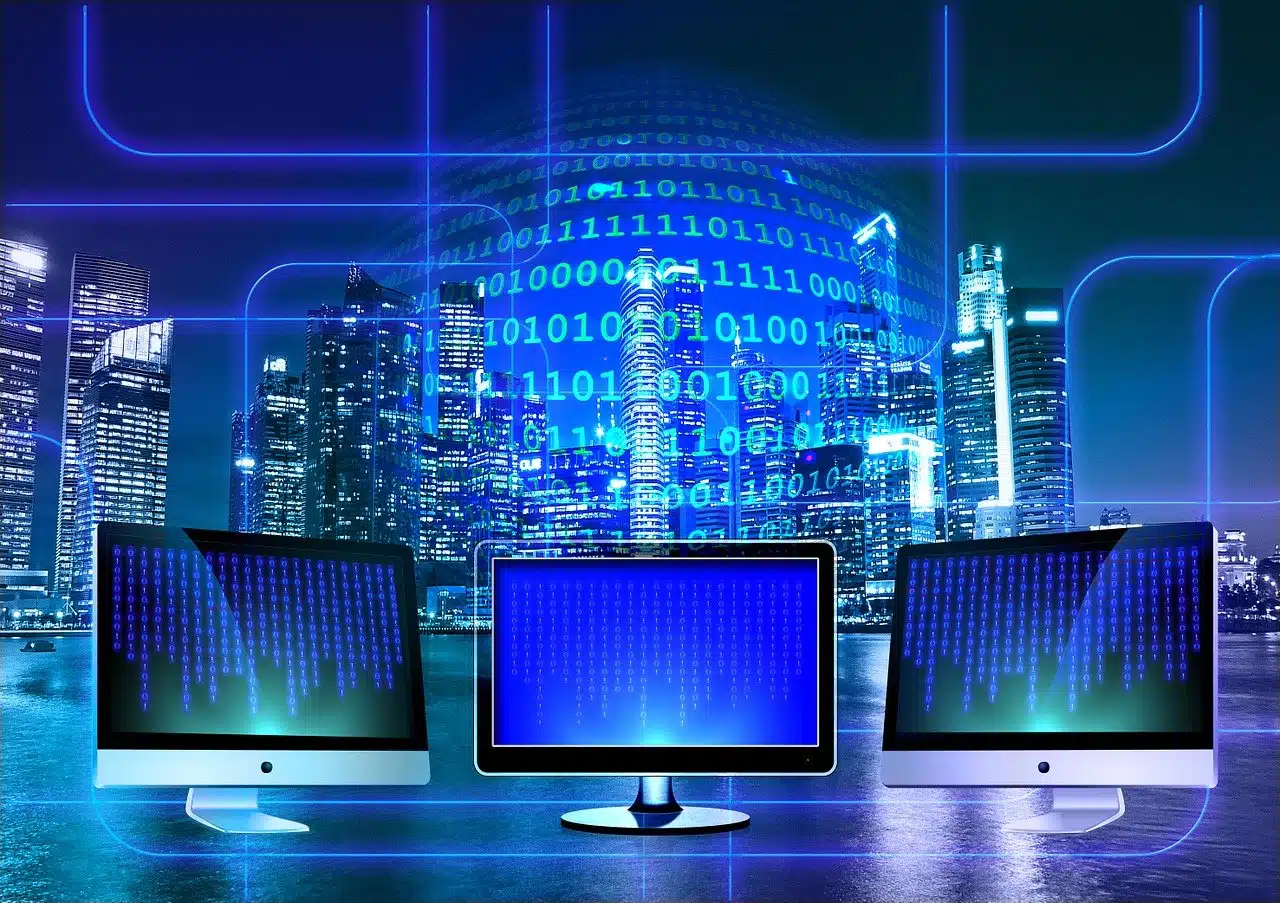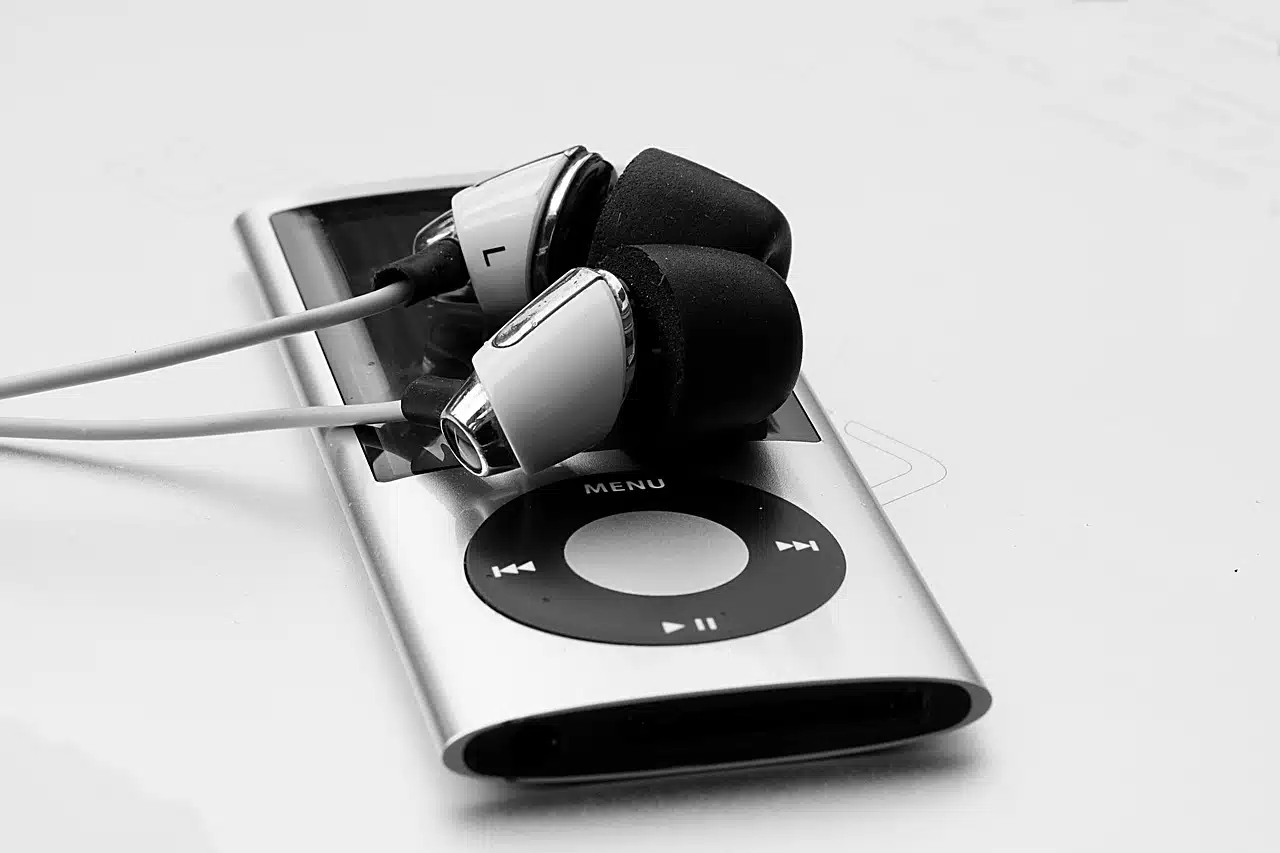
A digital system represents information in binary form.
Digital is that related to the fingers (the extremities of the hands and feet of the human being). The concept, in any case, is currently closely linked to technology and computing to refer to the representation of information in a binary way (in two states).
Digital systems (such as computers , laptops , tablets and other technological devices) use a two-state logic that is represented by two levels of electrical voltage: high (high or H) and low (low or L). As an abstraction, these states are replaced by ones and zeros, facilitating the application of logic and arithmetic .
This binary system made up of ones and zeros allows you to store, process and transmit any type of information. It is possible to talk about combinational digital systems (whose outputs depend on the state of the inputs at a given moment) and sequential digital systems (the outputs are also affected by previous states).
Signals and digital circuits
Digital signals , for their part, use discrete or discontinuous values, unlike analog signals (which appeal to a continuous series of values ). By operating with limited values, the transmission of information is easier and more reliable.
Among the advantages provided by a digital signal (television, for example), are the possibility of amplification and reconstruction at the same time, the correction of errors in reception and infinite generation without loss of quality.
In the field of electronics , digital circuits work with information encoded in only two states (ones and zeros, according to different voltage levels).

Digital music does not need a physical medium for distribution.
The concept in music
When talking about digital music , it is possible to make two very different interpretations: firstly, it can be understood as a synonym for electronic music , since it is produced using instruments that do not rely on the principles of acoustics to emit their sounds, but they generate them digitally; On the other hand, the concept can refer to digital distribution formats, both those downloaded through virtual stores and those that are stored on CDs or DVDs.
Given the greater convenience that digitally distributed music offers, few stop to think about the advantages that analog media, such as the vinyl record , had. In the past, the sound waves emitted during the recording of an album were reflected by producing physical marks on the surface of the record, which ensured that each sound left a unique imprint . This is supported by those who claim that digital music does not seem natural, that it does not transmit the warmth of the artists.
Furthermore, it is known that vinyl records collected the entire sound spectrum emitted in recording rooms, including those frequencies that are imperceptible to our ears. When a note is emitted naturally, if the instrument is well tuned and achieves an adequate projection, many others sound along with it, which are known as harmonics ; This increases the richness of a performance, and is something that cannot be appreciated on a CD in the same way as on an analog medium.
Advantages of digital sound
Without a doubt, the sound captured on a vinyl record is more natural than a recording made entirely with digital equipment, but this does not mean that the latter option does not offer various advantages. For example, and perhaps the greatest of all, it does not deteriorate with use or with the passage of time; how much opera and music lovers of the first half of the 20th century would give to have clean and stable recordings of their favorite singers.
Another of the strong points of digitally distributed music is that it can be played on an endless number of devices, of various sizes and technologies, and that it does not take up space. Thanks to cloud storage services, in addition, local disk space is no longer a problem, since you can have a potentially unlimited number of songs saved in remote memory .

Artificial intelligence promises to produce a new digital revolution.
The impact on society
The impact of digital resources and tools on society is notable. All you need to do is compare daily life thirty years ago with daily life today.
The Internet is a constant presence in almost all areas. The same thing happens with smartphones . This leads to the vast majority of people using digital from first thing in the morning until the moment they go to sleep.
Although there are obviously exceptions, there are almost no individuals who do not have profiles on social networks . The growth of digital infrastructure, with easy access to an Internet connection , greater bandwidth thanks to fiber optics and Wi-Fi in public spaces, makes it quite simple to use multiple online services.
If we focus on the world of work, digital technology allows teleworking (remote work). Technological innovation has also introduced great changes in the educational field (with online education that allows e-learning and content distributed through e-books) and the health sector (emergence of telemedicine ).
Electronic commerce , on the other hand, continues to grow due to the development of digital payment methods, electronic transfers and the option of using an electronic wallet. In this framework, cryptocurrencies such as Bitcoin also gain importance, representing a new resource for paying and investing.
Access to information, meanwhile, was revolutionized with digital media (portals, blogs, podcasts) and streaming (with YouTube leading the way). News is available instantly on different mobile and desktop devices.
Finally, we cannot fail to mention artificial intelligence , which still has a long way to go. Software that uses advanced algorithms promises to modify many aspects of life, promoting the automation of tasks that human beings carry out today.
